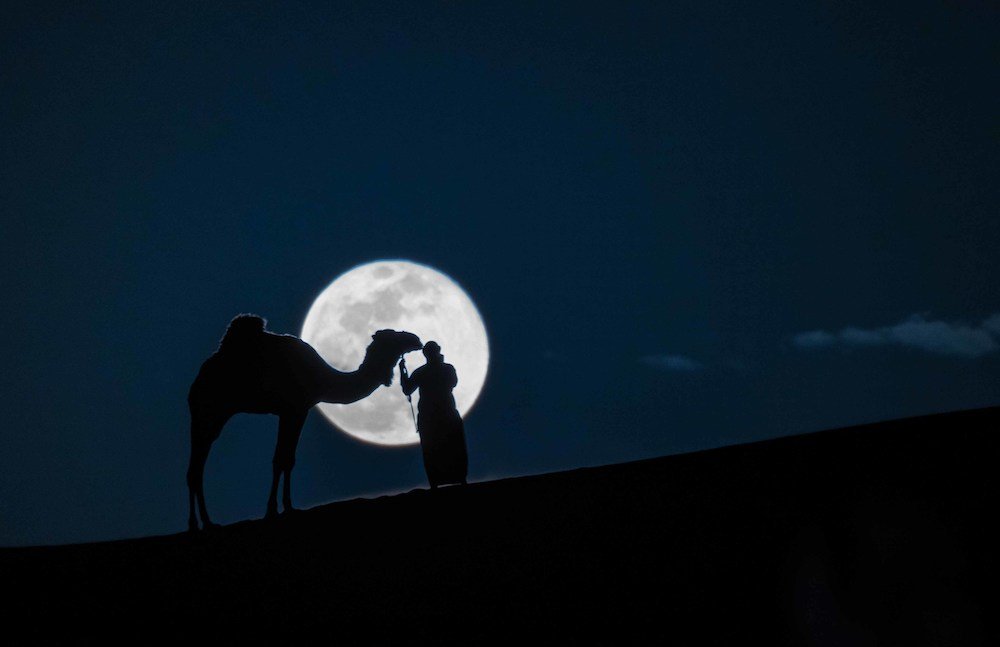Delights in a Desert Too Far
Morocco and Qatar offer luxurious adventures and exotic settings for travelers ready to mark up the map
April 27, 2021
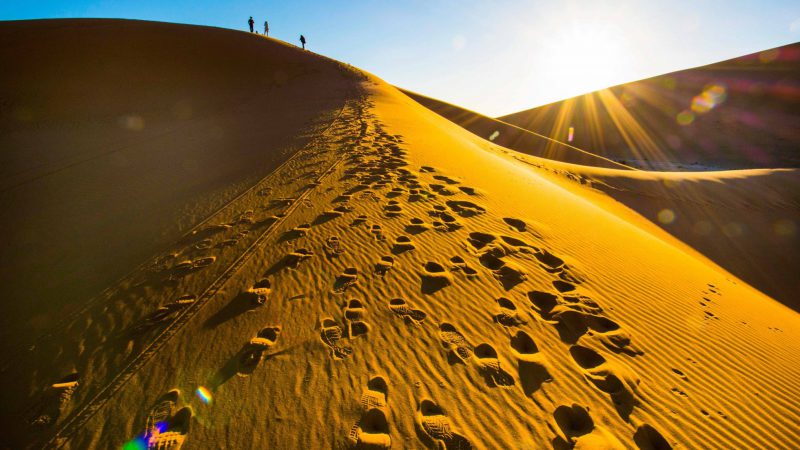
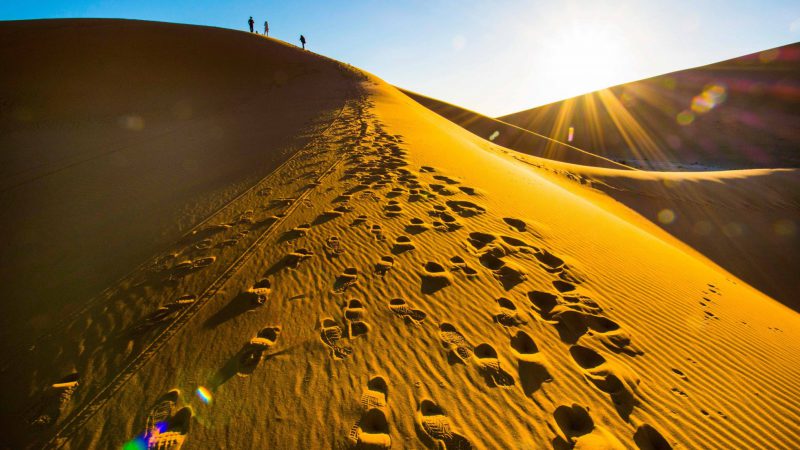
Mysterious Morocco
Inara Camp in central Morocco is a luxury desert camp experience in the foothills of the Atlas Mountains. It may be the right idea for the next great true getaway you can plan – or could be the perfect buy-out backdrop for a bonding business retreat with endless vistas in all directions under the sheltering sky.
Following an extensive renovation the camp is once again welcoming guests for a reimagined desert adventure. Located in the shadow of the Atlas Mountains the camp is a convenient 30 minutes’ drive from Marrakech. And following the camp’s full-scale renovation and expansion in 2020, Inara is the newest and most ideal option for travelers visiting the enchanting Red City but also seeking a nearby, bespoke luxury adventure in the deserts of North Africa.
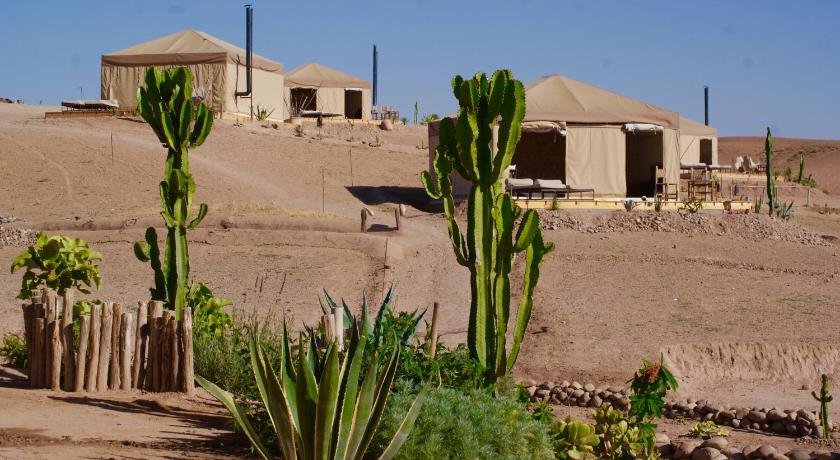
Inara was conceptualized by Vincent Jaquet, the initiator of the first luxury camp in the dunes of the Sahara and encompasses approximately 25 acres within the mineral-rich expanse. Jaquet is also founder of LVDS (Les Vents Du Sud), a tailormade travel company specializing in experiences across the hidden corners of Morocco.
The camp divides into two sections – the upper part of the camp houses the Le Soukoune restaurant for resident and non-resident guests. Down below the bivouac section is the magical spread of 18 luxury tents, plus a desert lagoon pool, two dining experiences, daily Moroccan tea ceremonies, entertainment (dancers, Henné tattoos, traditional local bands) and much more.
Exploration begins upon arrival, as all materials used throughout the village are local Moroccan handicrafts, as well as transformed everyday objects and wood/iron pieces are used to decorate the spaces. Rocks, stones, brown color gradients are all recurring patterns within the camp to further highlight the surrounding nature environs.
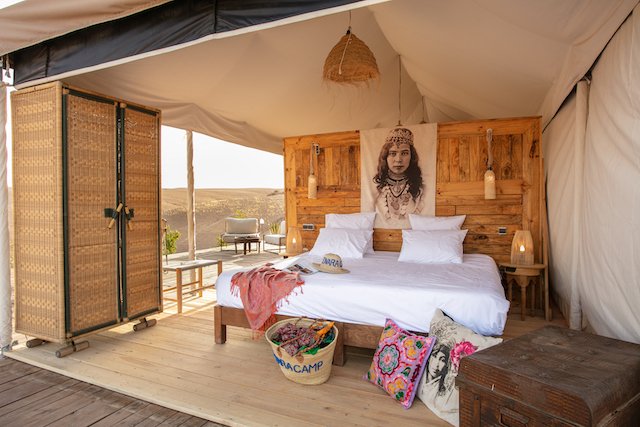
Tent accommodations are approximately 350 square feet with private terraces, lounge areas and a separate private full bathroom. A wood burner is included for winter visits and an air cooler for summer escapes. Guest comfort is guided by dedicated butler service.
The desert environment is at the core of the Inara experience. There are no sand dunes here, but a very soft rocky terrain with breathtaking landscapes, lights that vary depending on the time of the day and snow-capped peaks, including the Toubkal, the highest peak of the Atlas Mountains.
The camp remains secluded and maintains a peaceful and quiet environment from the outside world. Each day begins with morning yoga and ends with spectacular stargazing in the desert sky. Guests may also choose to enjoy a relaxing or dynamic massage within the silent surroundings.
Beyond the confines of the camp, the Inara team offers desert experiences that include camel trekking, 4×4 safari, horseback riding, quad, mountain biking and more on the menu. Nearby Lalla Takerkoust Lake offers countless water activities such as canoeing, kayaking, stand-up paddling, jet skiing and hoverboarding.
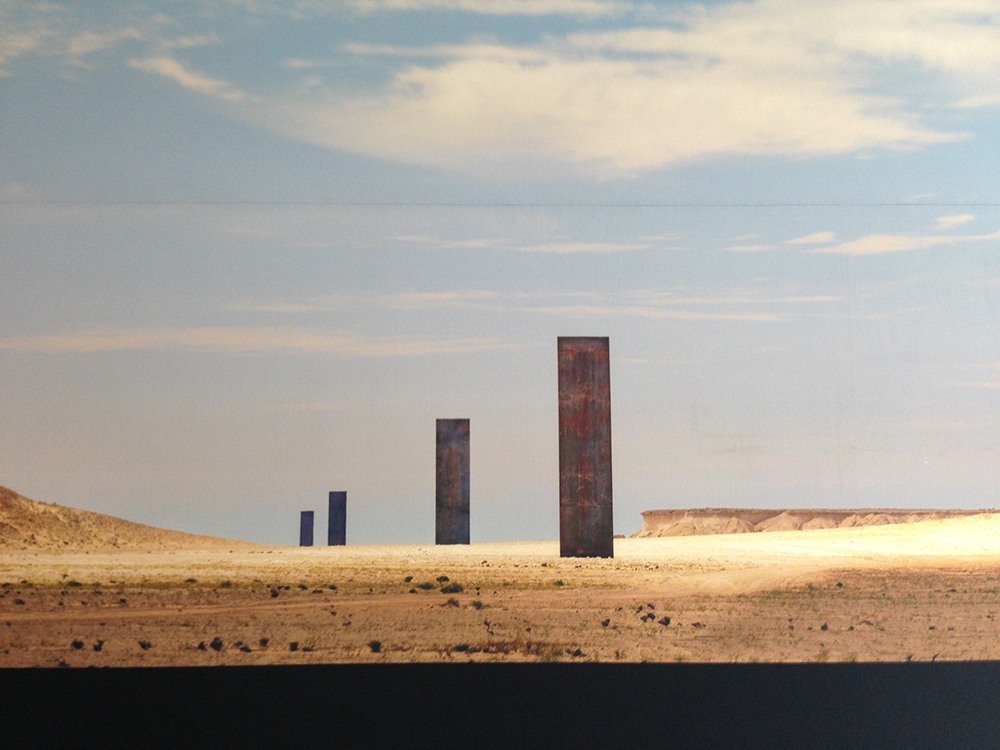
Qatar Calling: Delicacies of Doha
Just a few hours east – let’s call it seven, travelers with an eye for art will want to check out what’s cropping up in Qatar. The Gulf country offers some of the most unique cultural experiences in the Middle East.
Qatar has a long-standing commitment to making art accessible to all and is home to a diverse range of some of the world’s most impressive public art by globally known, thought-provoking creatives, including Richard Serra and Damien Hirst. With a number of contemporary sculptures and statues in the country, the progressive style of many of the monuments makes Qatar a haven for fans of modern art.
With world-class art free to all exploring the eclectic streets of the capital, Doha’s outstanding collection of public sculptures, such as the Miraculous Journey by Damien Hirst and ‘7’ by Richard Serra, make the city a walking museum for keen culture enthusiasts.
Desert Vistas, Artful Sunsets
Venturing out to the desert will not disappoint. Mind-blowing art installations can be seen on a visit to the shifting sands outside Zekreet. Other impressive pieces can be spotted before visitors have even left the airport, such as the giant Lamp-Bear, which takes center stage in the grand foyer at Hamad International Airport. Here’s what you don’t want to miss should Doha be on your destinations list:
Top 10 sculptures to visit in Qatar in 2021:
1. East-West/West-East monoliths, by Richard Serra
Qatar is home to four monoliths, built in a secretive fashion until they were unveiled by Richard Serra. Comprising of four steel plates, each of which is over 14 meters in height, the installation spans over a kilometer and the monoliths are nestled between limestone rock formations in the desert outside Zekreet.
2. Lamp Bear, by Urs Fischer
Tourists passing through Doha on a stopover can experience the unique mix of art and culture before even leaving the airport; located in Hamad International Airport’s duty-free area is a 23-foot plush teddy bear sitting under a lamp. The sculpture, created by Urs Fischer, is designed to be both humorous and comforting, reminding travelers of childhood or precious objects from home.
3. The Miraculous Journey, by Damien Hirst
The Miraculous Journey, housed at Sidra Medical and Research Centre, comprises 14 monumental bronze sculptures illustrating the development of a fetus. The piece ends with a statue of a 46-foot-tall anatomically correct baby boy, and attests to the beauty of an extraordinary process.
4. Maman by Louise Bourgeois
A giant spider made of marble, bronze, and stainless steel, Maman by Louise Bourgeois can be found inside the Qatar National Convention Center. Taking its name from the French word for mother, the sculpture explores the meaning of motherhood and strength and includes a sac containing 32 marble eggs. The colossal structure is among the world’s largest sculptures, measuring over 30 feet high and over 33 feet wide.
5. Gandhi’s Three Monkeys by Subodh Gupta
Centrally located in Katara Cultural Village, the thought-provoking Three Monkeys by Subodh Gupta features three head-shaped sculptures in military gear: one wears a gas mask, another a soldier’s helmet, and a third a terrorist’s hood. Each piece is made of cooking implements, used pails, traditional Indian lunch boxes and glass bowls. Together, they recall Gandhi’s visual metaphor of the three monkeys that represent the “see no evil, hear no evil, speak no evil” proverb.
6. “7” by Richard Serra
Soaring nearly 80-feet above the MIA Park, “7” by Richard Serra, at the Museum of Islamic Art Park, is a steel homage to the spiritual significance of the number seven in Islamic culture; a metaphor for infinity or completion.
7. Smoke by Tony Smith
Smoke, by Tony Smith, sits at the entrance to the Doha Exhibition & Convention Center (DECC). Open and inviting, profound yet serene, the giant geometric components of this 24-foot tall sculpture, which includes five tetrahedrons and forty-five extended octahedrons, dominate the space.
8. Flying Man by Dia al-Azzawi
Designed by Dia al-Azzawi, the Flying Man at Hamad International Airport consists of two sculptures commemorating flight. Both are inspired by Abbas ibn Firnas, an early flight experimenter whose derring-do included leaping from the Great Mosque in Cordoba in 852 AD to test his new machine made of a silk cloak reinforced with wooden rods to form wings. Although he survived his human glider efforts, he sustained injuries to his back.
9. Pouce by César Baldaccini
Pouce by César Baldaccini is a giant thumb marking a crossroads in Doha’s authentic and vibrant marketplace, the Souq Waqif. Its highly polished bronze patina reflects the surrounding light and is a cheeky addition to the bustling atmosphere of the otherwise traditional location.
10. The Force of Nature II by Lorenzo Quinn
The Force of Nature II sits at the Katara Amphitheatre on the waterfront. The large bronze sculpture, which has sister installations in London, New York and Shanghai, was created by Lorenzo Quinn. It depicts Mother Nature as a woman hurling the planet in circles.
